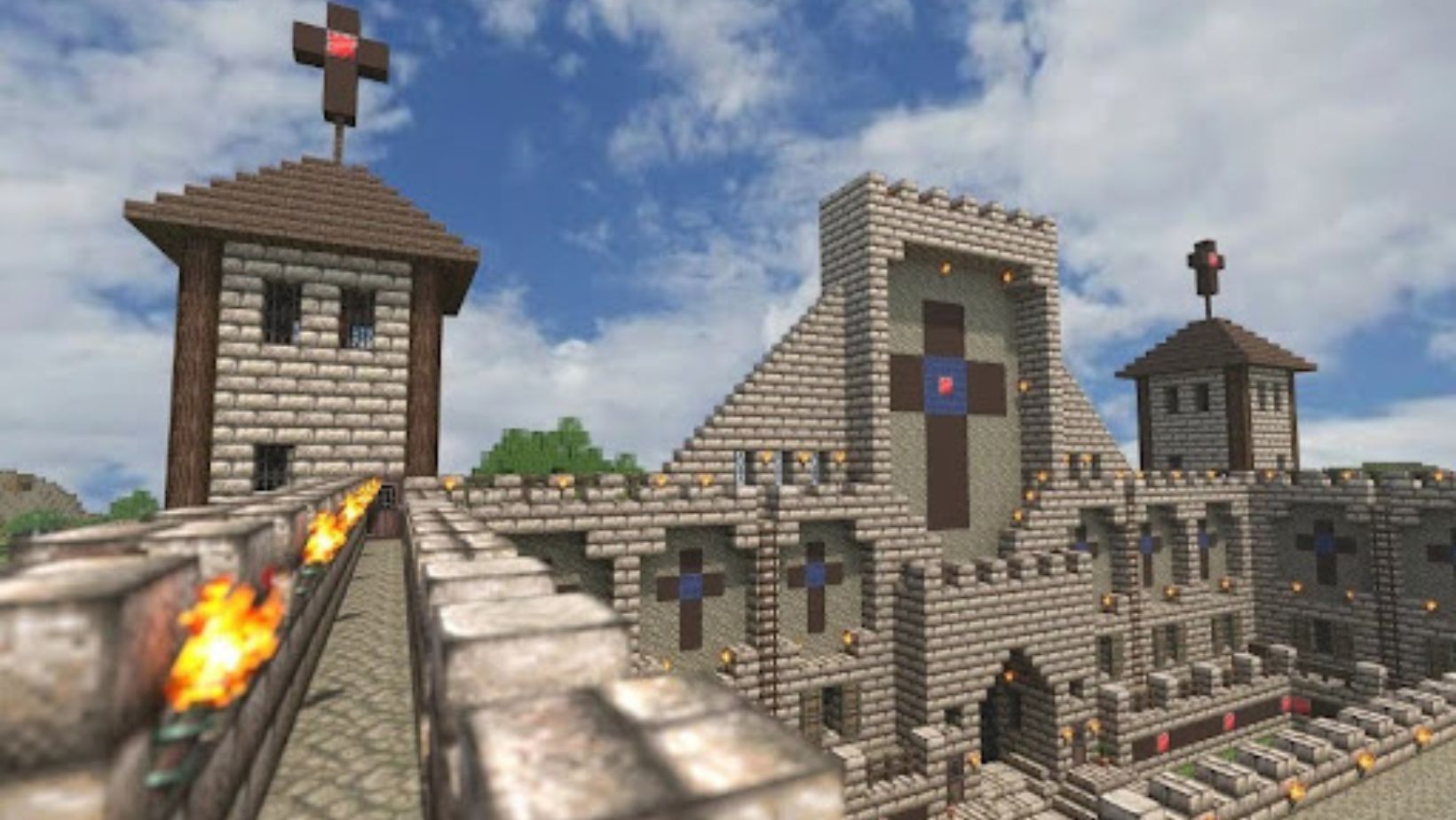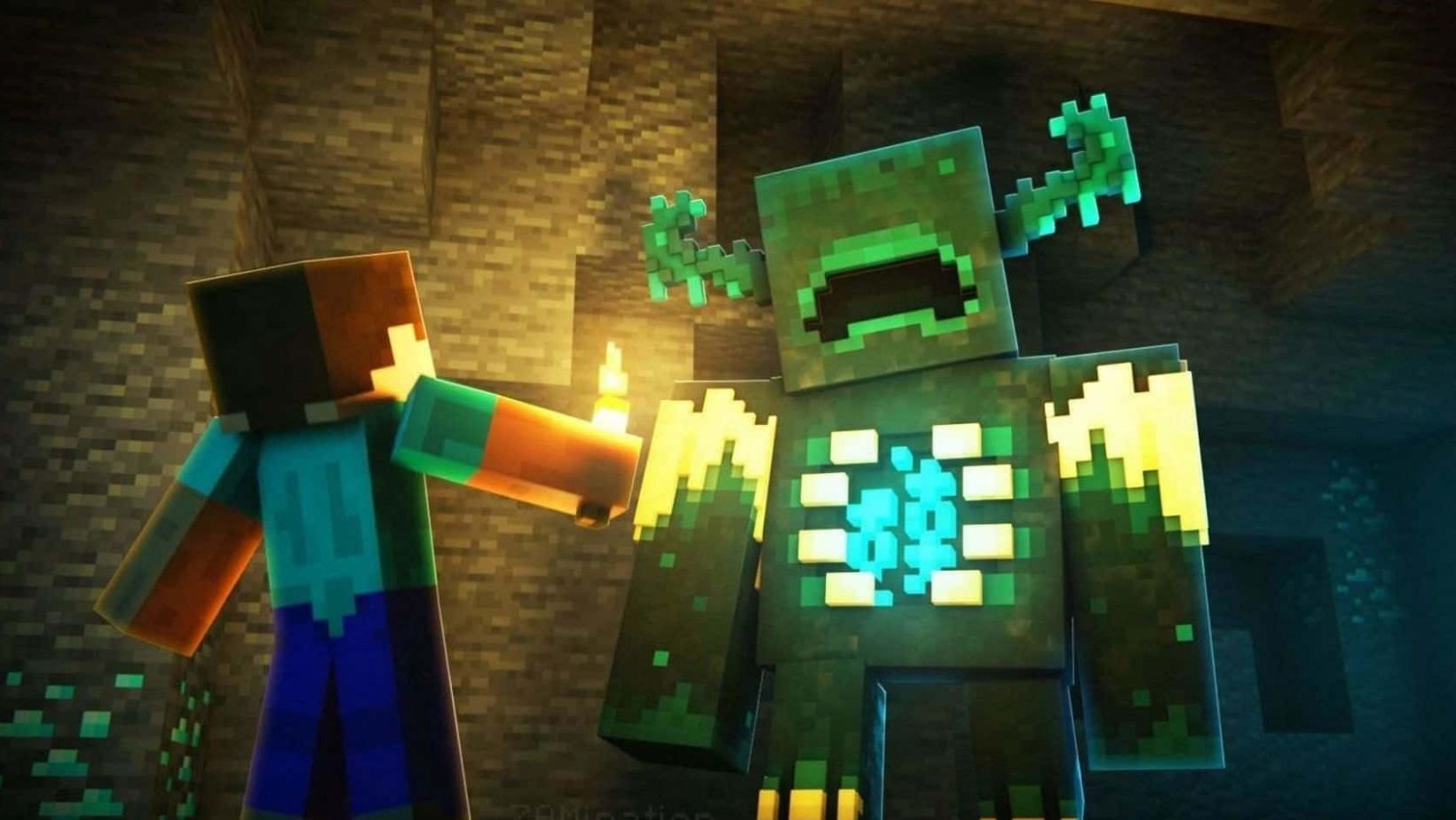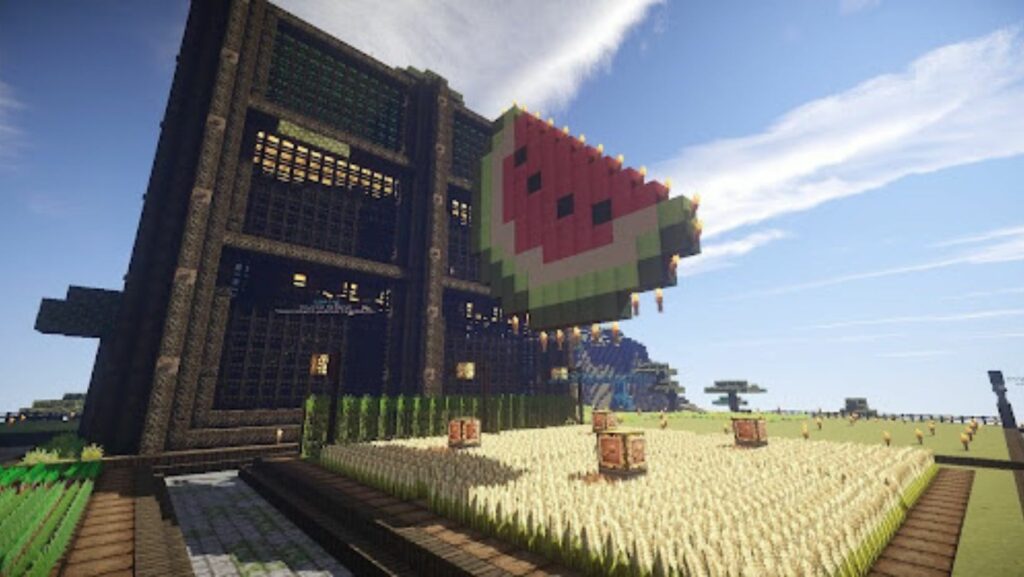Minecraft has come a long way since its humble beginnings as a simple block-building game. Over the years, it has evolved into a sprawling sandbox world filled with diverse biomes, complex systems, and a thriving global community. This article explores the journey of Minecraft from its origins to its current status as a gaming phenomenon, focusing on the key developments that have shaped both the game and its community.
The Origins of Minecraft: A Simple Idea That Sparked a Revolution
Minecraft began as a modest project created by Markus “Notch” Persson in 2009. Inspired by games like Infiniminer and Dwarf Fortress, Notch set out to develop a game that allowed players to build and explore a world made entirely of blocks. The game’s simplicity was its charm—players could mine resources, craft tools, and build structures in a procedurally generated world, offering endless possibilities for creativity.

One of the key factors behind Minecraft’s success was its community-driven development. Notch frequently interacted with players, taking their feedback and incorporating it into the game. This collaborative approach helped Minecraft grow beyond its initial concept, laying the foundation for a game that would continually evolve with its players.
Expanding the World: How Updates and New Biomes Transformed Minecraft
As Minecraft’s player base expanded, so did the game itself. Regular updates introduced new features, mechanics, and, most importantly, biomes—distinct regions within the game world that offered unique landscapes, resources, and challenges.
The introduction of biomes was a game-changer for Minecraft. Suddenly, the world wasn’t just a collection of blocks but a dynamic environment with deserts, forests, oceans, and mountains. Each biome brought new opportunities for exploration and creativity, encouraging players to venture out and discover what lay beyond their familiar surroundings.
Updates like the Adventure Update, which added new biomes such as swamps and mushroom islands, and the Nether Update, which overhauled the Nether dimension with biomes like Crimson Forests and Warped Forests, significantly enriched the gameplay experience. These updates not only expanded the physical world of Minecraft but also deepened the game’s lore and added layers of complexity to survival and building strategies.
For many players, these updates were a reason to return to the game, explore new features, and build in new environments. The continuous introduction of new biomes and features ensured that Minecraft remained fresh and engaging, even for long-time players.
The Rise of the Minecraft Community: From Solo Play to Global Collaboration
While Minecraft started as a single-player game, it quickly grew into a platform for multiplayer experiences. The rise of community servers and multiplayer modes transformed Minecraft from a solitary activity into a social one, where players could collaborate, compete, and share their creations with others.
The ability to host and join servers was a pivotal moment in Minecraft’s evolution. Players could now build vast cities, create intricate mini-games, or even reenact historical events—together. The advent of multiplayer modes led to the formation of a global community of players who were connected not just by the game itself but by their shared creativity and love for exploration.
This community-driven aspect of Minecraft also paved the way for an entire ecosystem of content creators, including YouTubers, streamers, and modders. These creators produced tutorials, showcased impressive builds, and shared their gameplay experiences with millions of viewers, further expanding Minecraft’s reach and influence.
For those looking to build their own communities or host large-scale projects, the option to Minecraft buy server became increasingly popular. Owning a server allowed players to customize their gaming experience fully, setting their own rules, installing mods, and creating unique worlds tailored to their vision. This level of control and creativity only deepened the connection between players and the game, fostering a sense of ownership and pride in their creations.
Minecraft Today: How the Game Continues to Evolve with Its Players
Today, Minecraft is more than just a game; it’s a cultural phenomenon with a legacy that spans over a decade. The game’s enduring popularity can be attributed to its ability to evolve continually, both through official updates and the creativity of its community.
Mojang, the studio behind Minecraft, has maintained a strong commitment to supporting the game with regular updates that introduce new features, biomes, and mechanics. Updates like the Caves & Cliffs Update and The Wild Update have expanded the game’s world, adding new challenges and opportunities for exploration. These updates ensure that Minecraft remains engaging for veteran players while attracting new ones.

Furthermore, the rise of educational editions of Minecraft has introduced the game to classrooms around the world, where it’s used as a tool for teaching subjects ranging from mathematics to history. This educational aspect of Minecraft underscores its versatility and ability to adapt to different contexts and audiences.
As Minecraft continues to evolve, its community remains at the heart of its success. The game’s ability to foster creativity, collaboration, and exploration ensures that it will continue to captivate players for years to come.
Conclusion
From its origins as a simple block-building game to its current status as a global phenomenon, Minecraft’s evolution has been marked by innovation, community engagement, and a relentless commitment to expanding the game’s world and possibilities. The introduction of biomes, regular updates, and the growth of a vibrant community have all played crucial roles in transforming Minecraft into the cultural powerhouse it is today.
Whether you’re a solo builder, a server owner, or a member of a collaborative community, Minecraft offers endless opportunities for creativity and exploration. The game’s continued evolution, driven by both Mojang and its passionate player base, ensures that Minecraft will remain a beloved and influential part of the gaming landscape for many years to come.


More Stories
Exploring the Impact of Minecraft on the Future of Online Slot Gaming
3 Amazing Details in This Minecraft Player’s Greek City
Aether & Aether 2 Minecraft Mod – 1.7.10 / 1.12.2